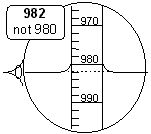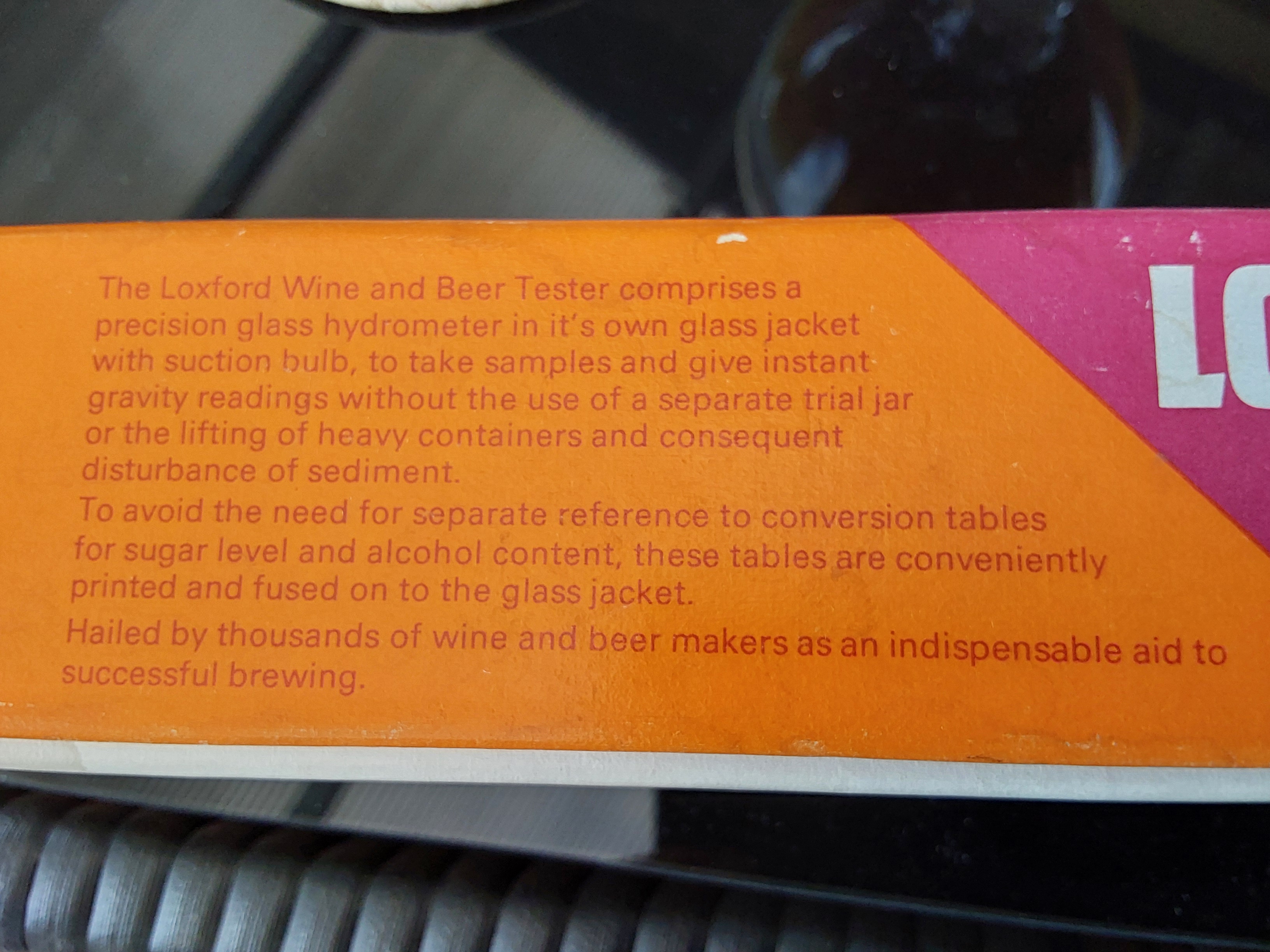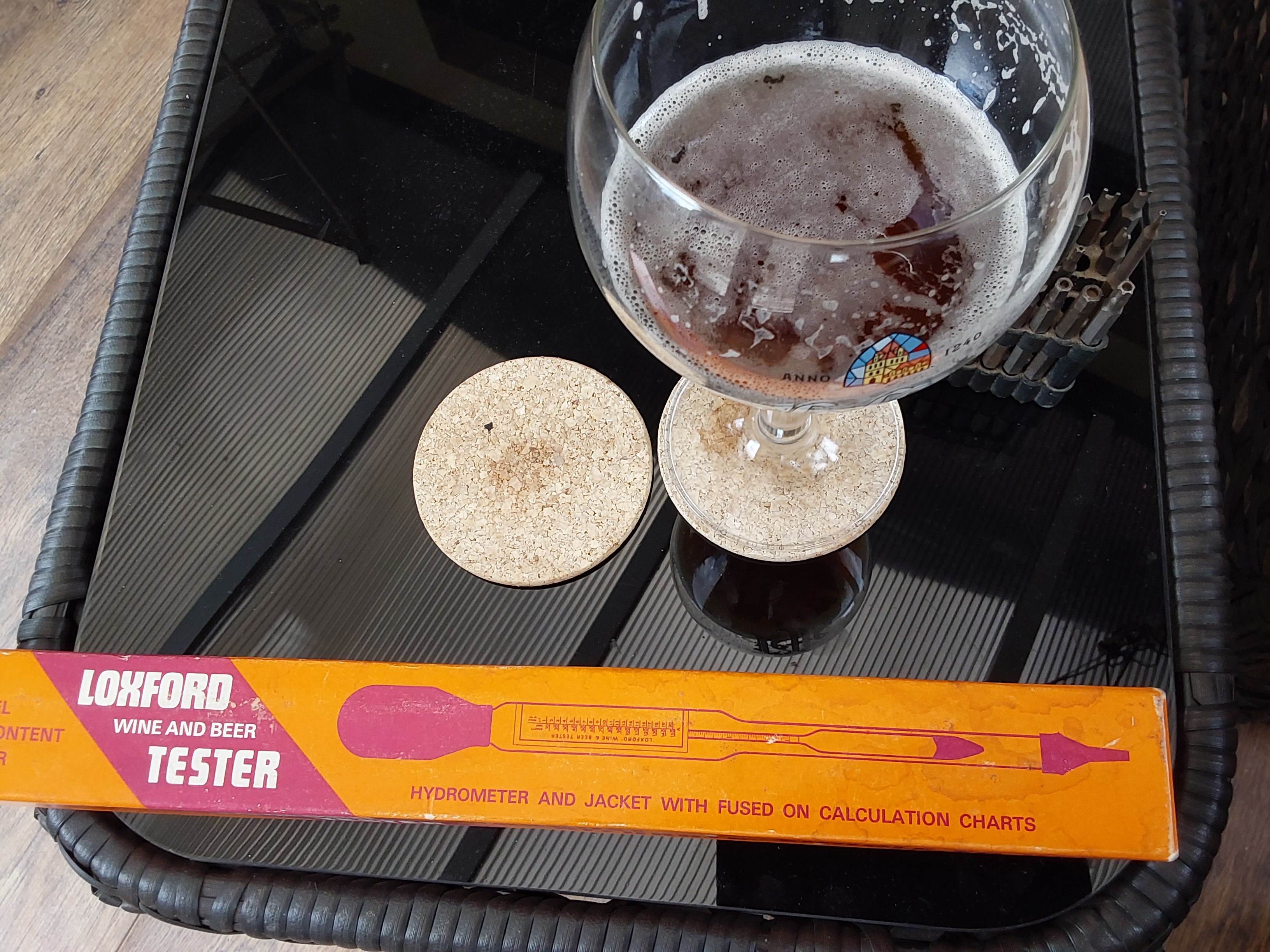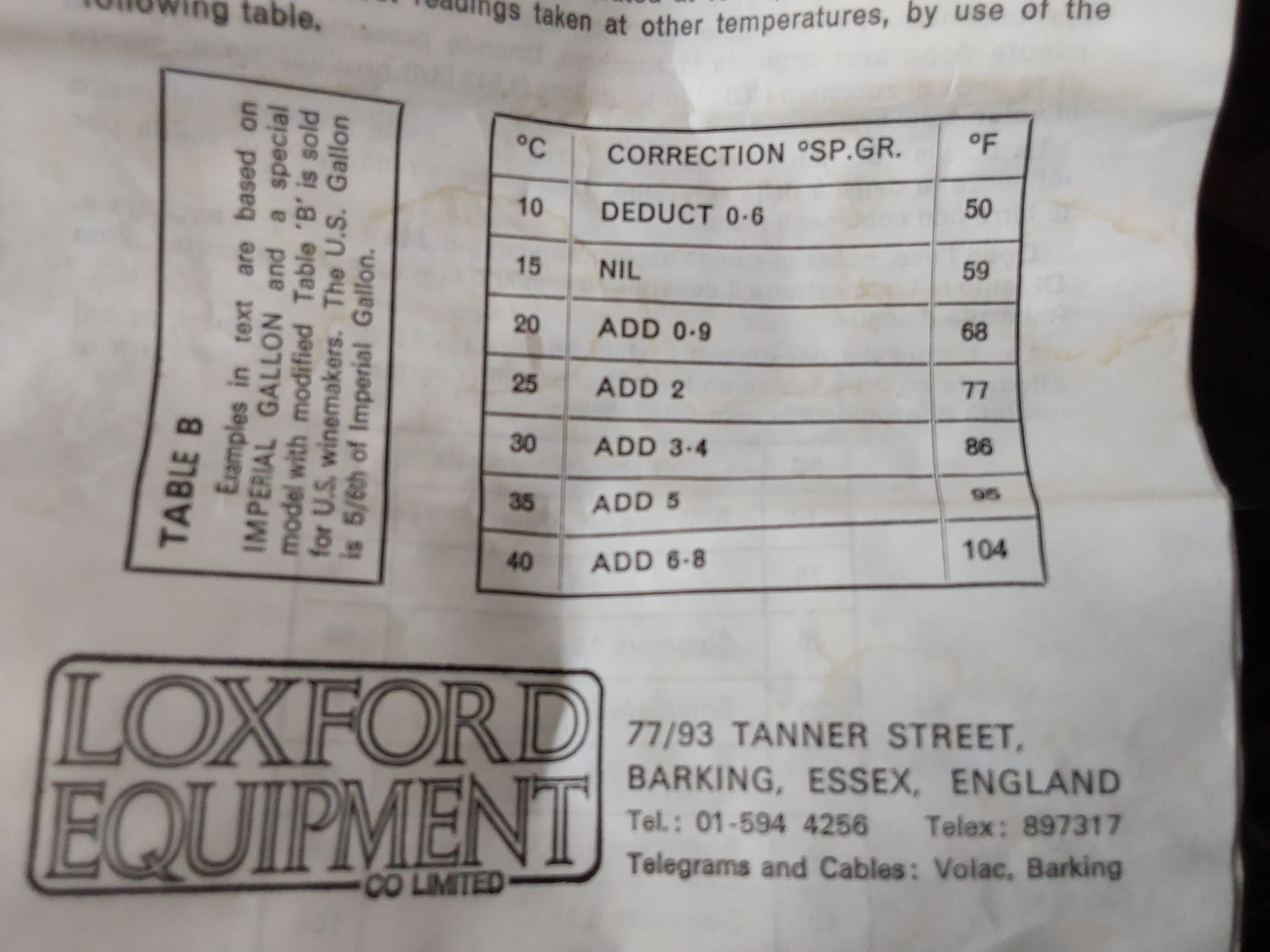homebrewjapan
Well-Known Member
What's the correct way to read a hydrometer?
This website - Stevenson Reeves - How to use a hydrometer - says:
The correct scale reading is that corresponding to the plane of intersection of the horizontal liquid surface and the stem. This is not the point where the surface of the liquid actually touches the hydrometer stem. Take the reading by viewing the scale through the liquid, and adjusting your line of sight until it is in the plane of the horizontal liquid surface. Do not take a reading if the hydrometer is touching the side of the hydrometer jar.
And they have this image to illustrate:

The instructions that came with my hydrometer tell me different, however. From the picture above, they say the reading should be 980 - ie, where the surface of the liquid touches the stem, not the intersection of the horizontal liquid surface. This contradicts everything I've read on the internet
Also, the hydrometer jar/tube is quite thin and the hydrometer always slightly touches the edge.
My beer is now at 1007 or 1006 depending on which point I should take. Bottling should occur at 1006 or less. The kit advises 4-7 days and it has been six days. Should I wait another day or is it ready?
This website - Stevenson Reeves - How to use a hydrometer - says:
The correct scale reading is that corresponding to the plane of intersection of the horizontal liquid surface and the stem. This is not the point where the surface of the liquid actually touches the hydrometer stem. Take the reading by viewing the scale through the liquid, and adjusting your line of sight until it is in the plane of the horizontal liquid surface. Do not take a reading if the hydrometer is touching the side of the hydrometer jar.
And they have this image to illustrate:

The instructions that came with my hydrometer tell me different, however. From the picture above, they say the reading should be 980 - ie, where the surface of the liquid touches the stem, not the intersection of the horizontal liquid surface. This contradicts everything I've read on the internet
Also, the hydrometer jar/tube is quite thin and the hydrometer always slightly touches the edge.
My beer is now at 1007 or 1006 depending on which point I should take. Bottling should occur at 1006 or less. The kit advises 4-7 days and it has been six days. Should I wait another day or is it ready?














![Craft A Brew - Safale BE-256 Yeast - Fermentis - Belgian Ale Dry Yeast - For Belgian & Strong Ales - Ingredients for Home Brewing - Beer Making Supplies - [3 Pack]](https://m.media-amazon.com/images/I/51bcKEwQmWL._SL500_.jpg)













































